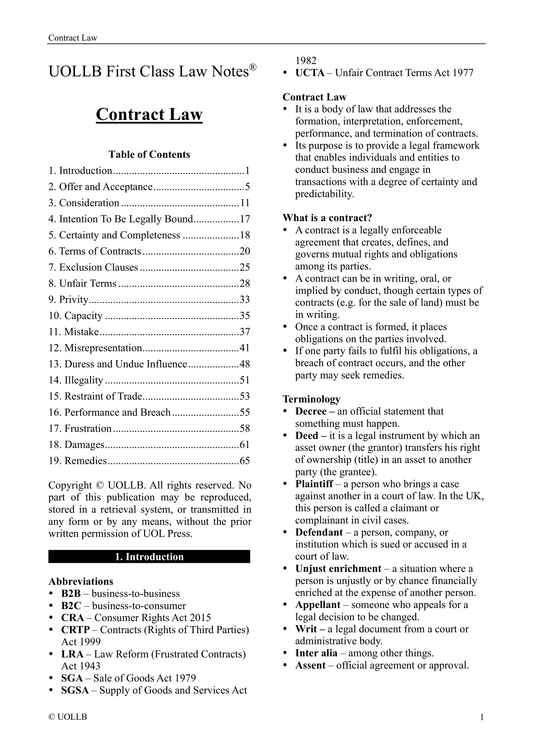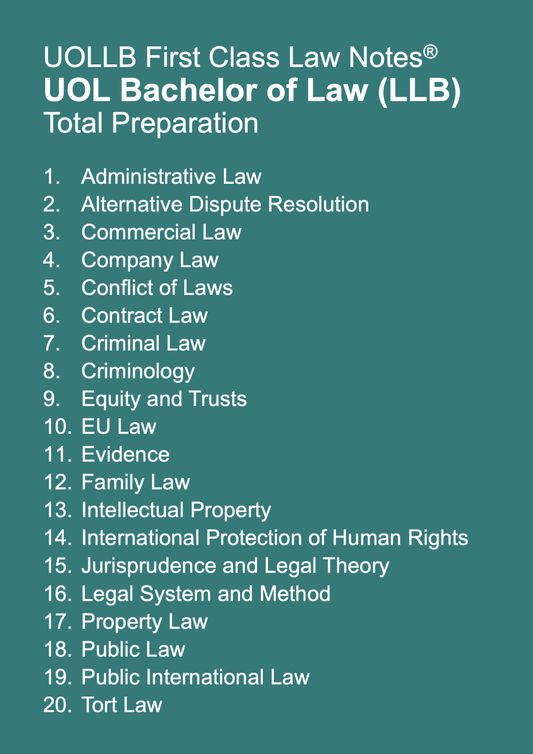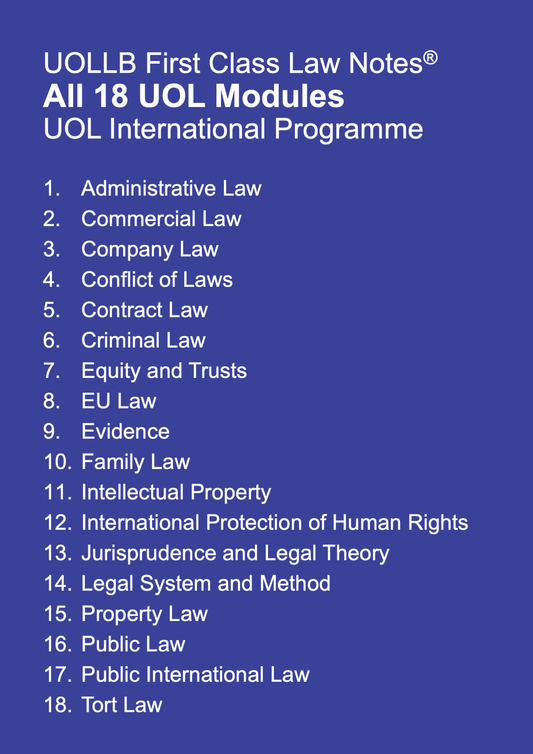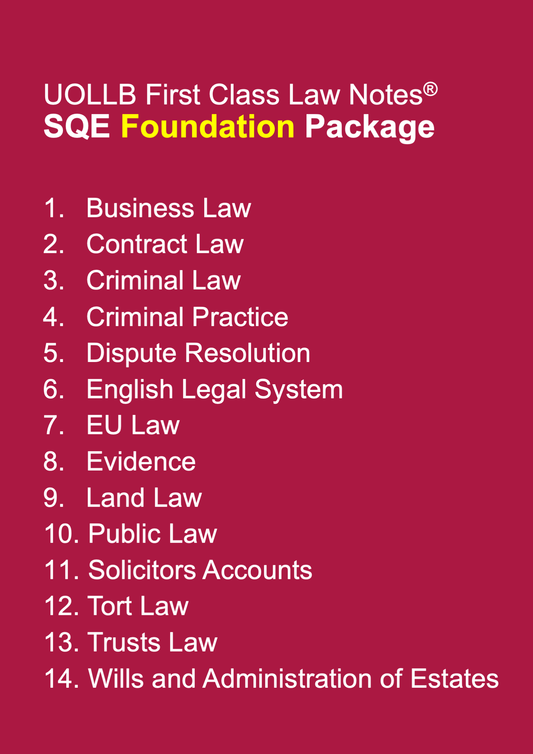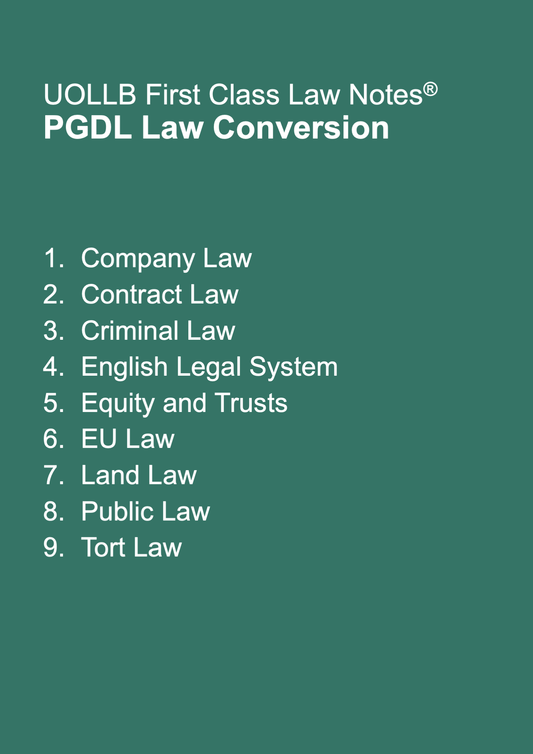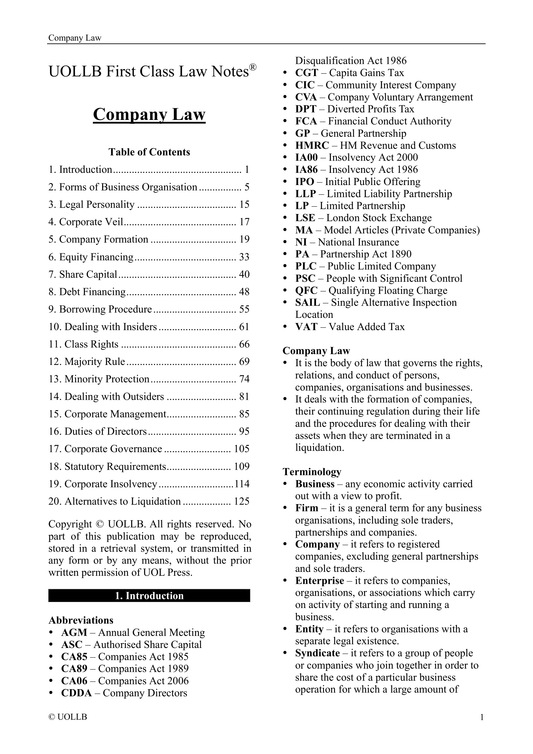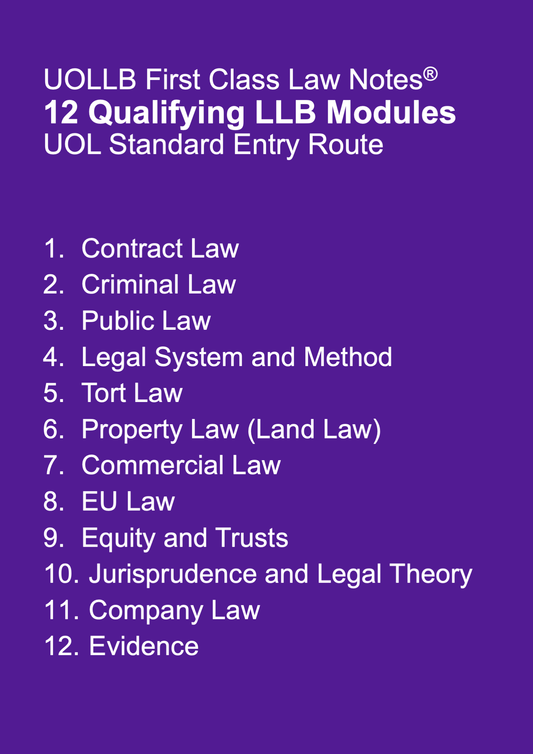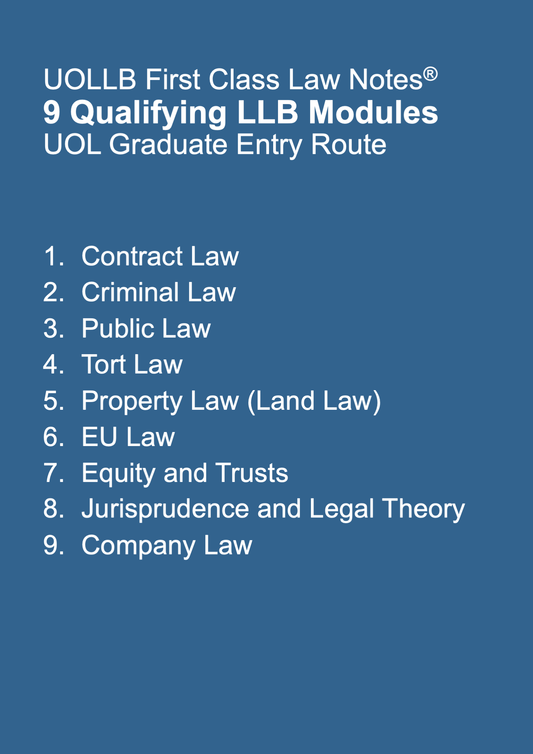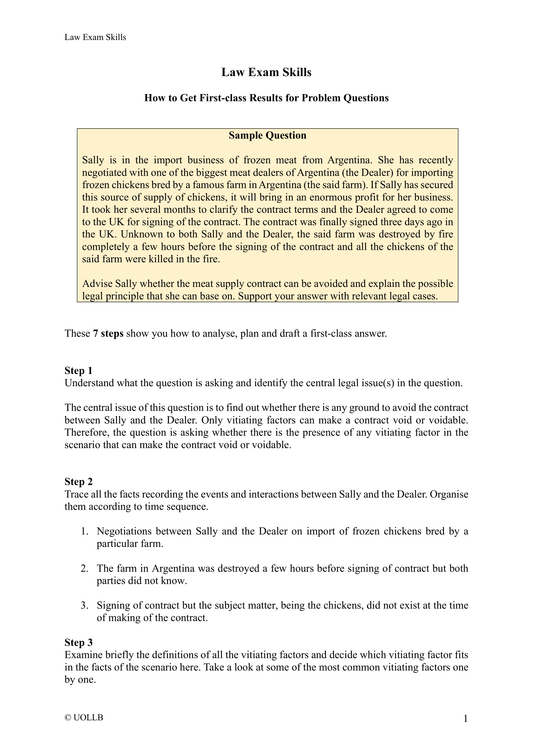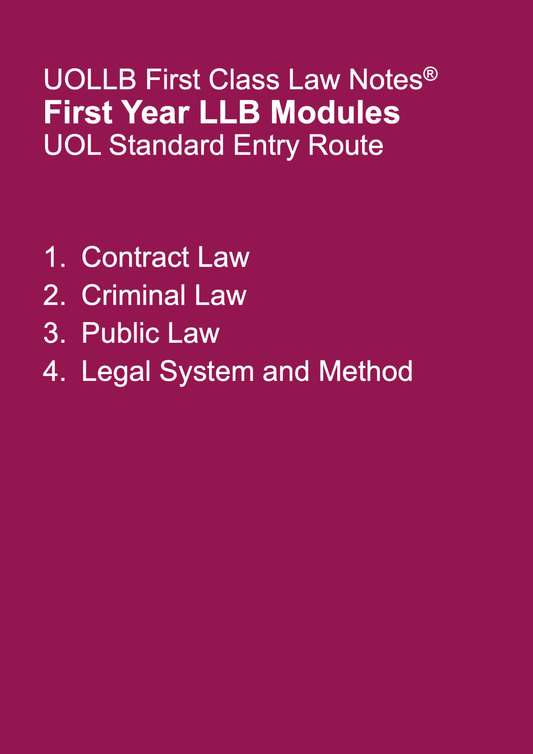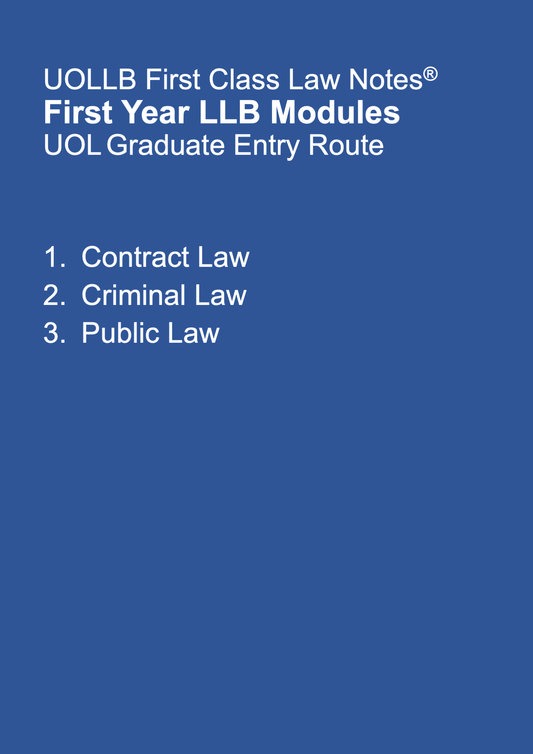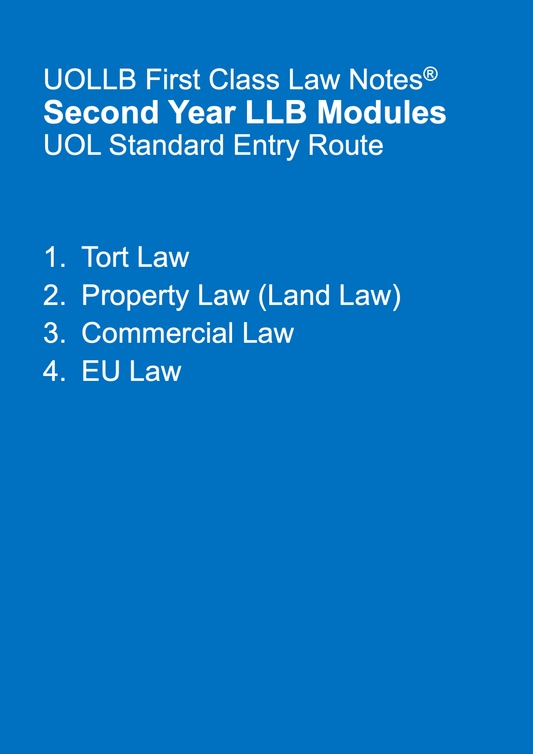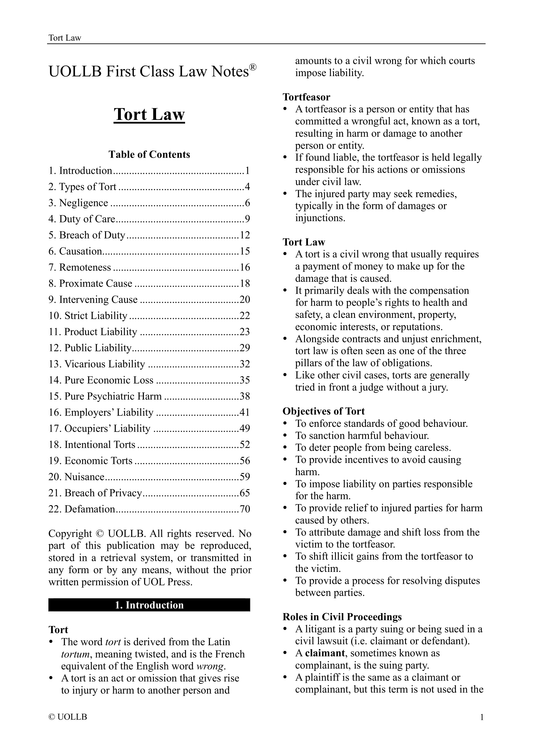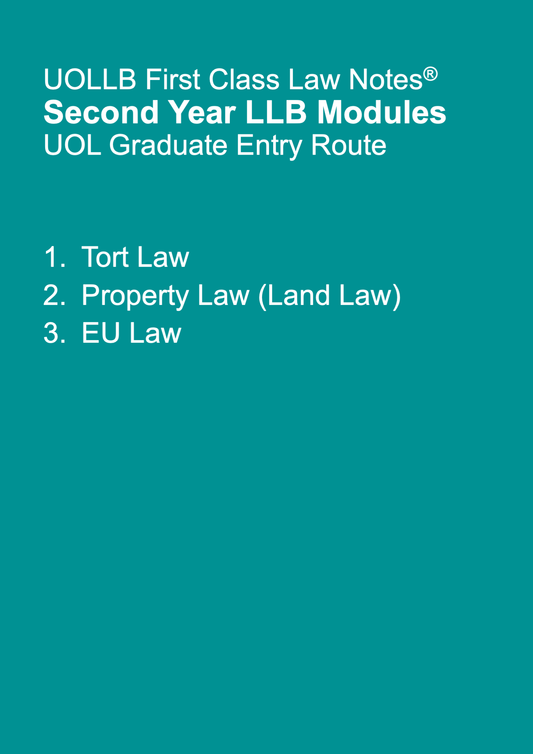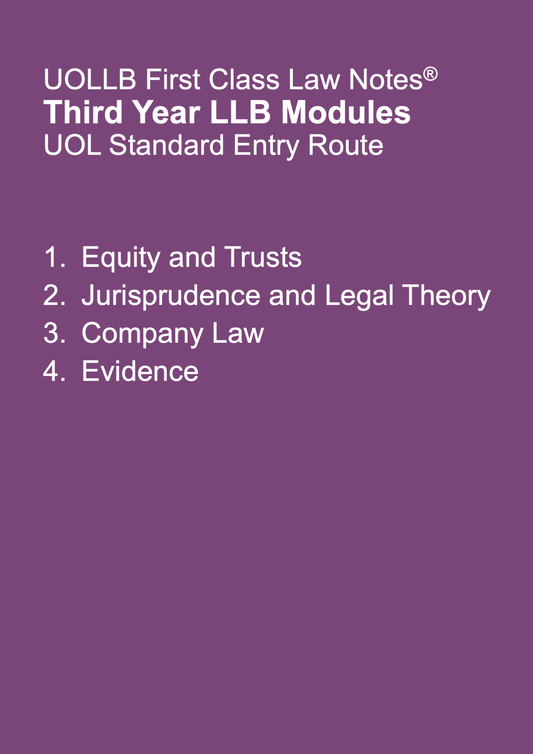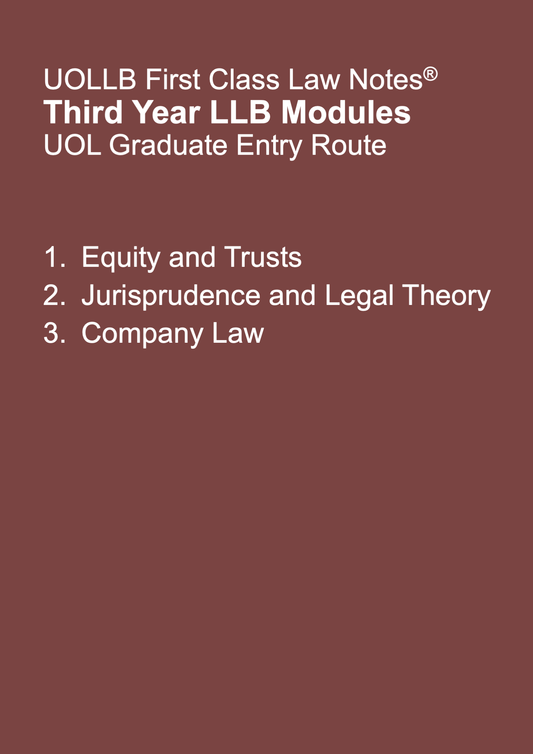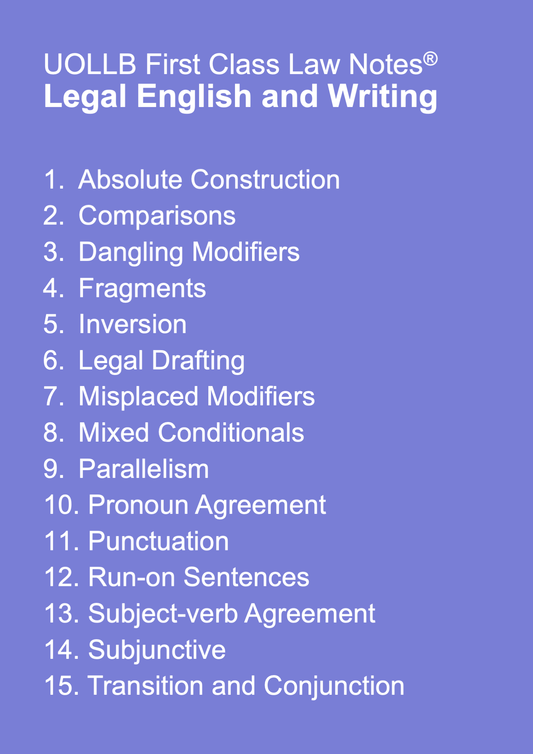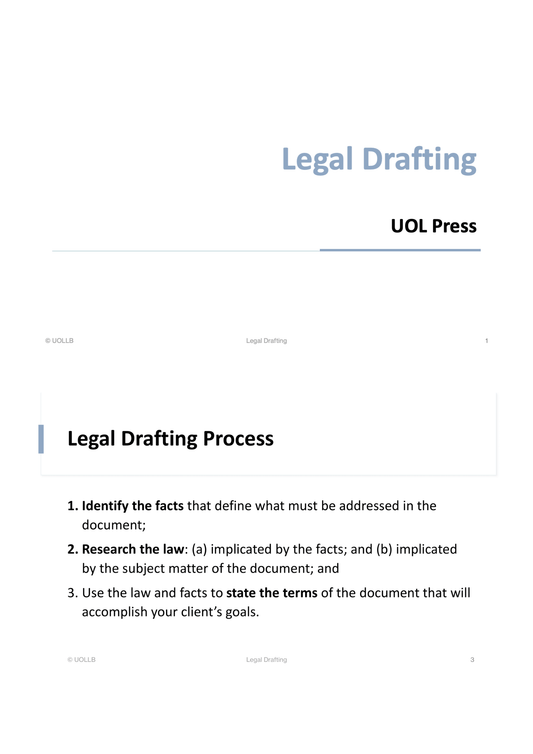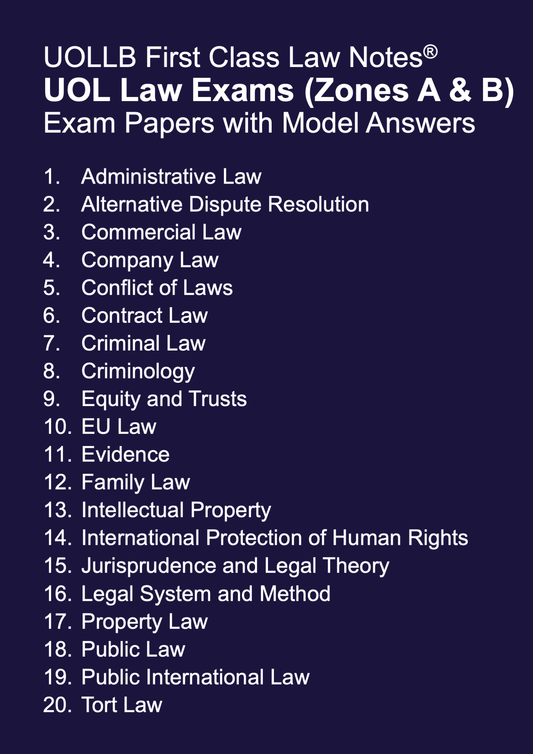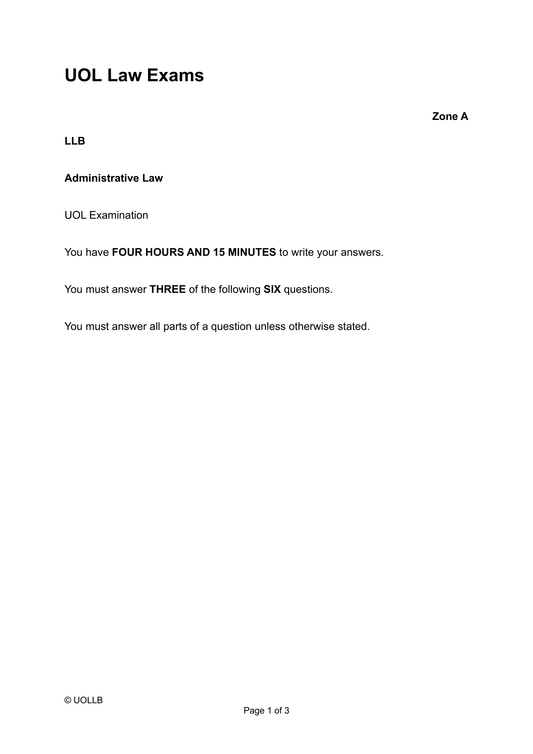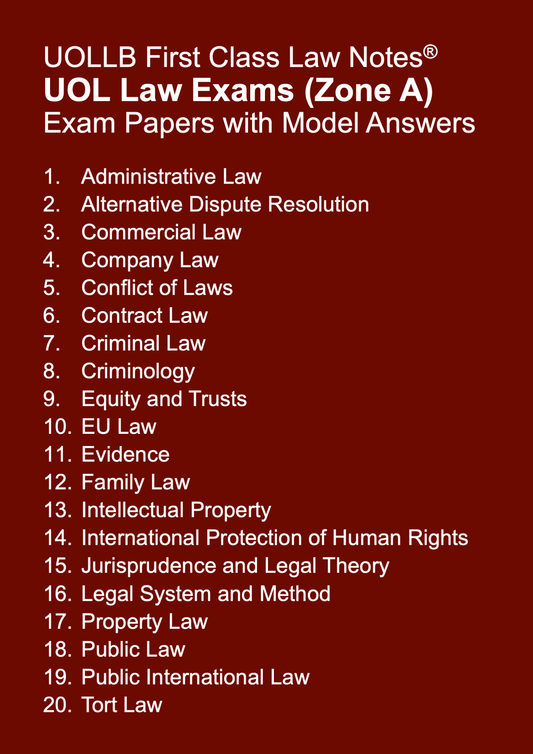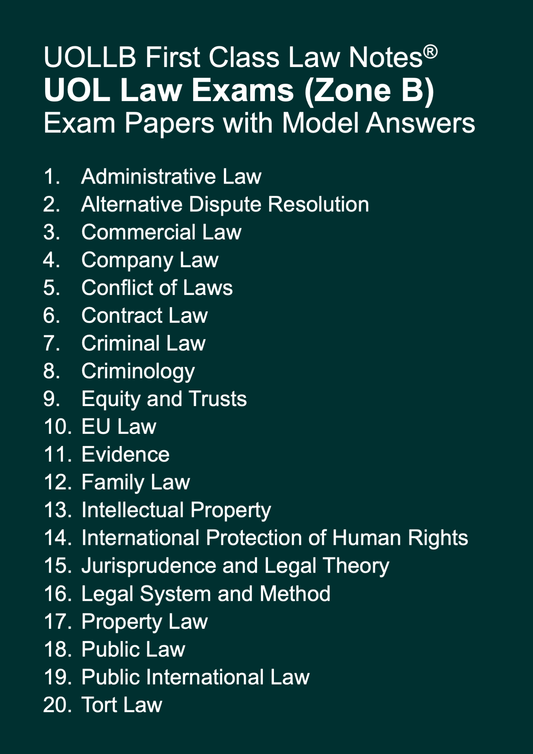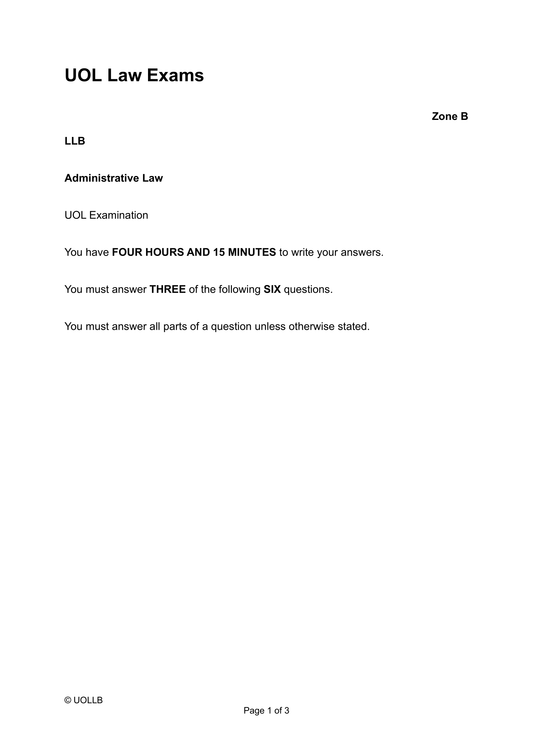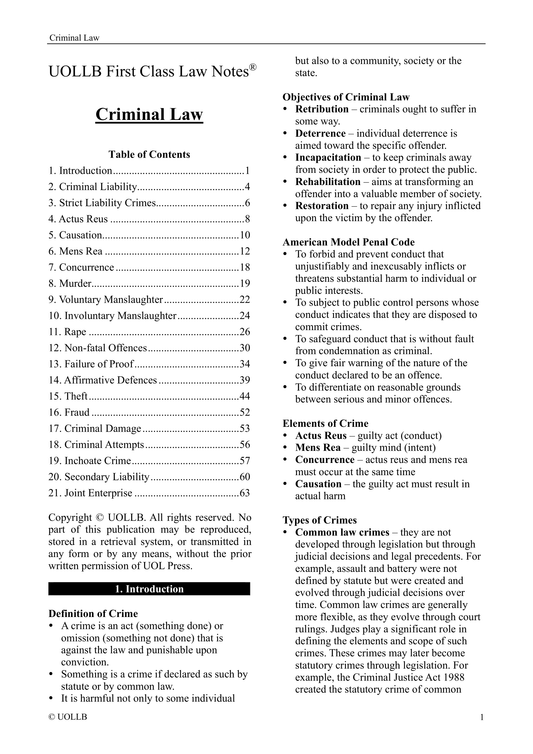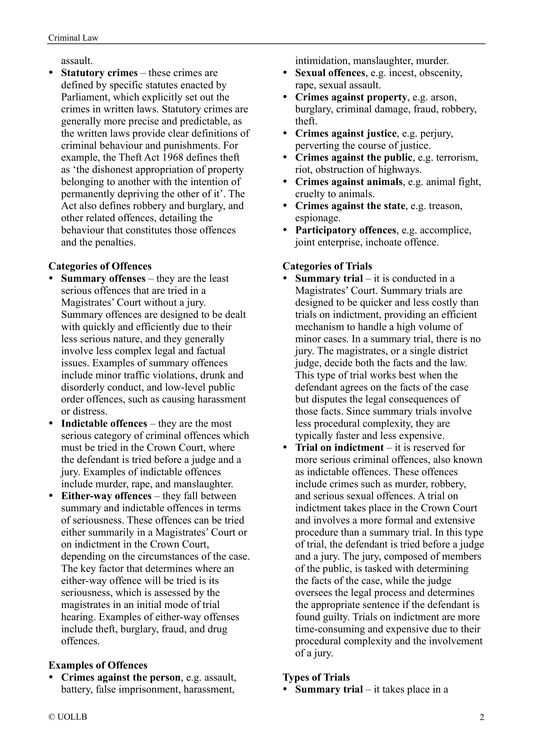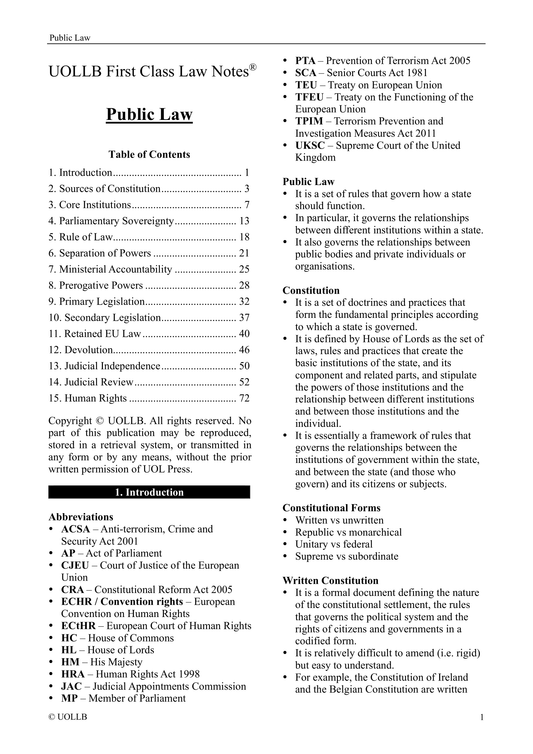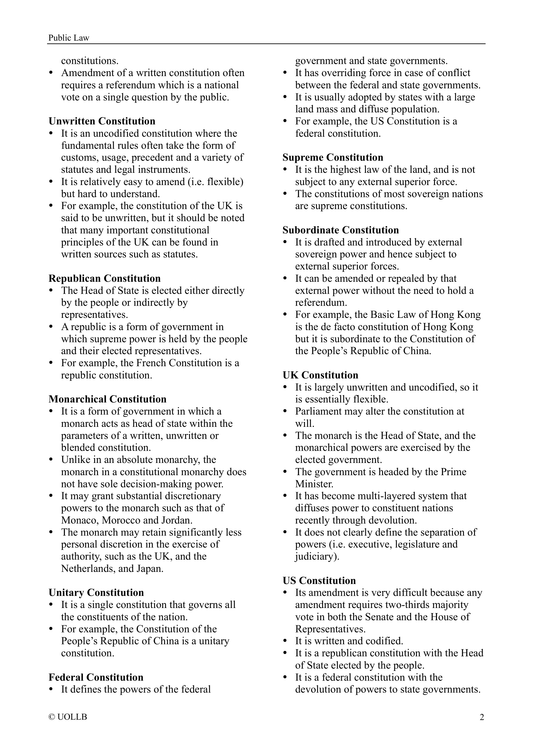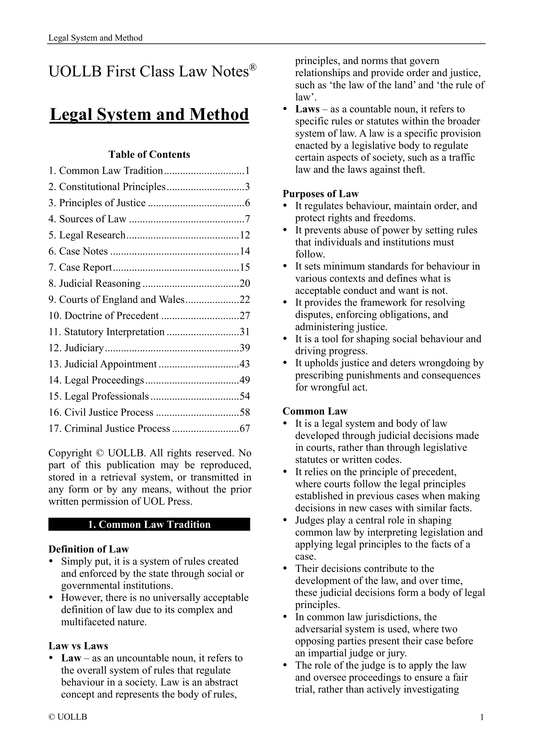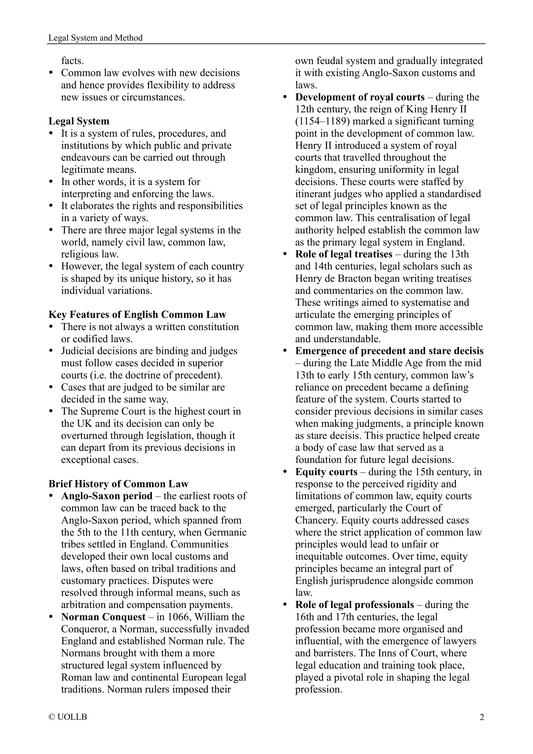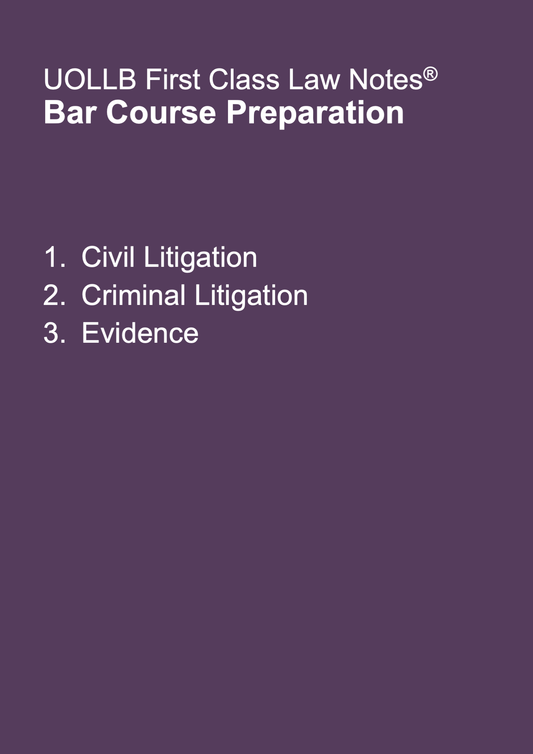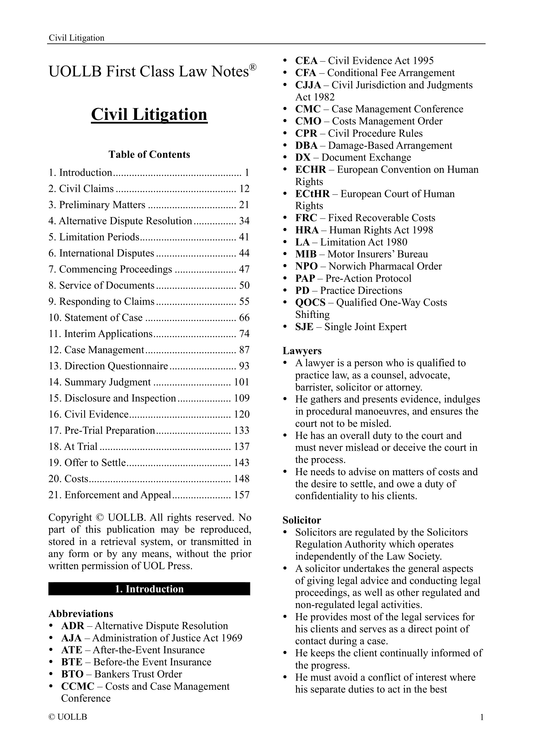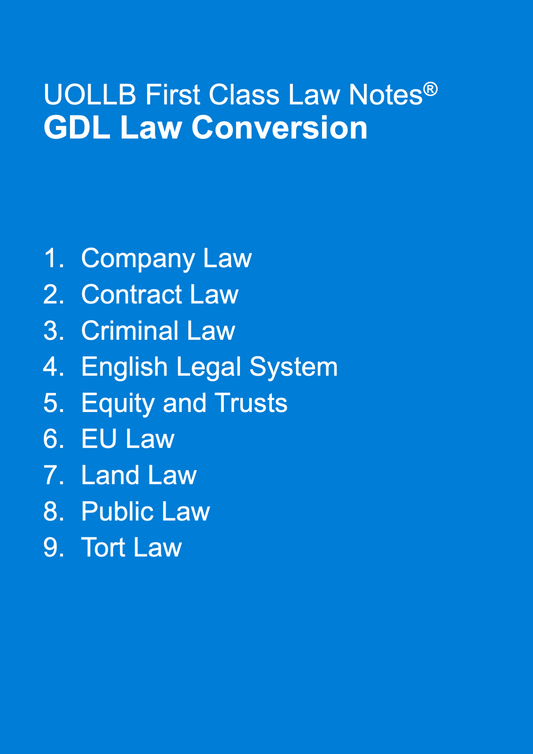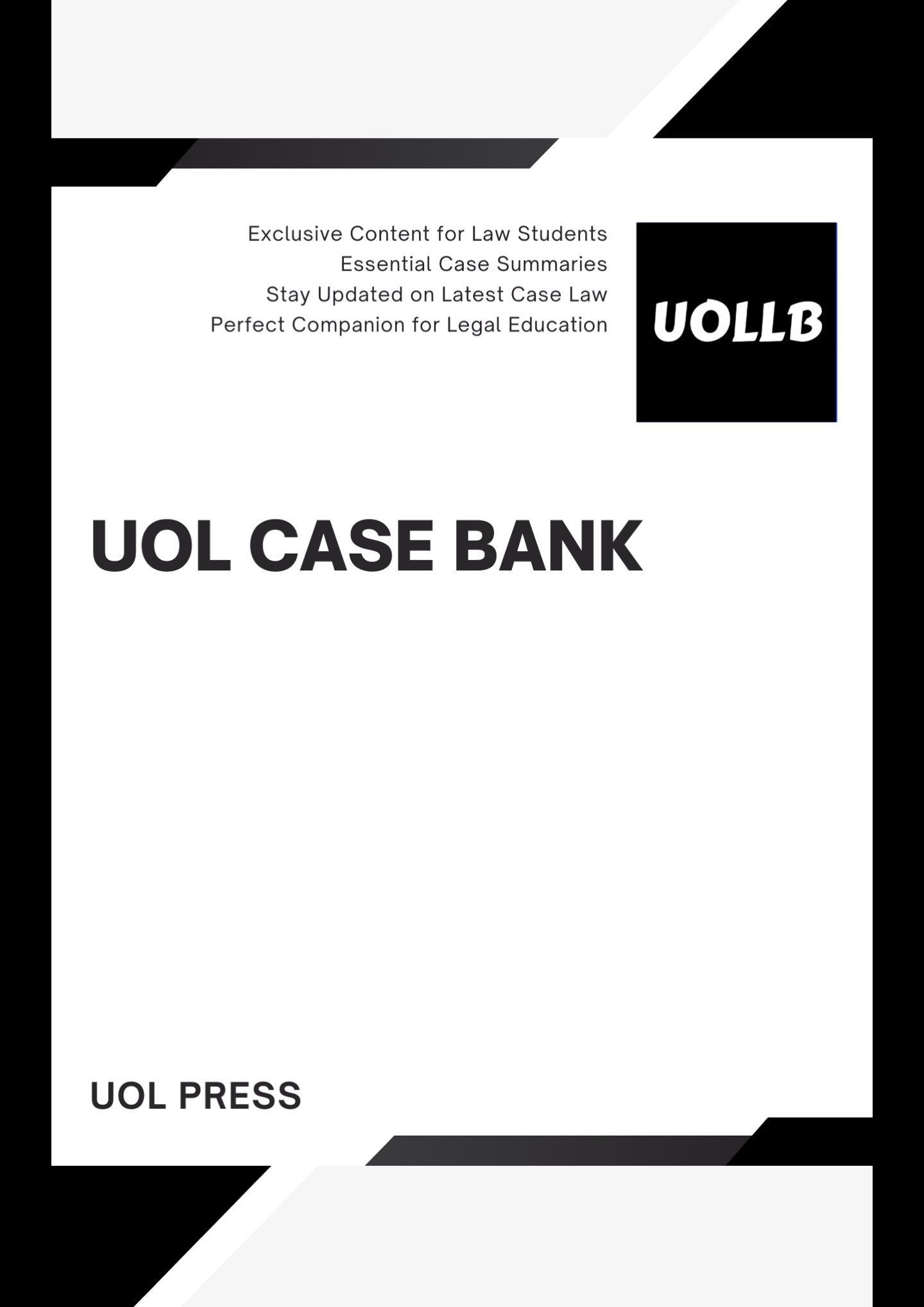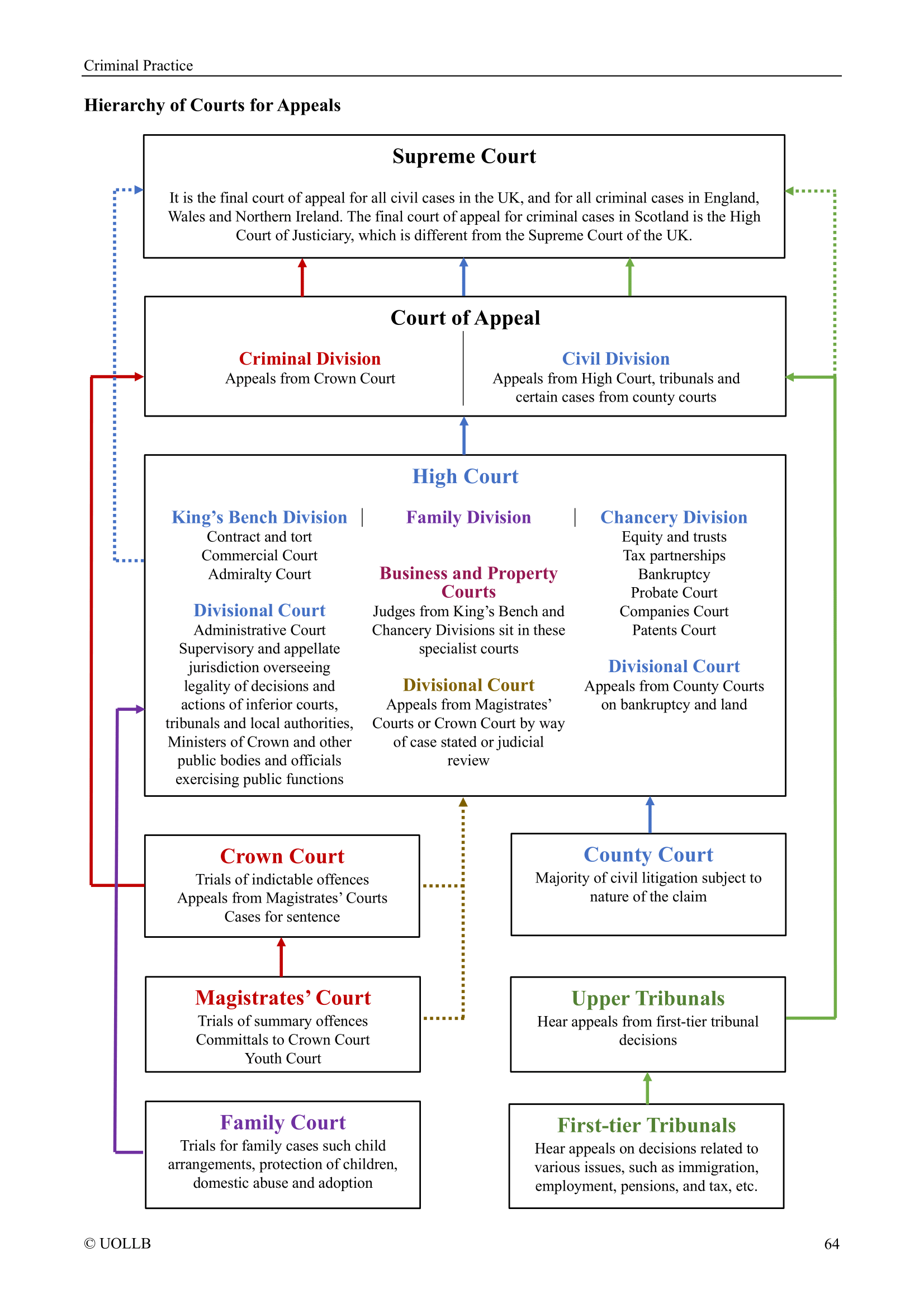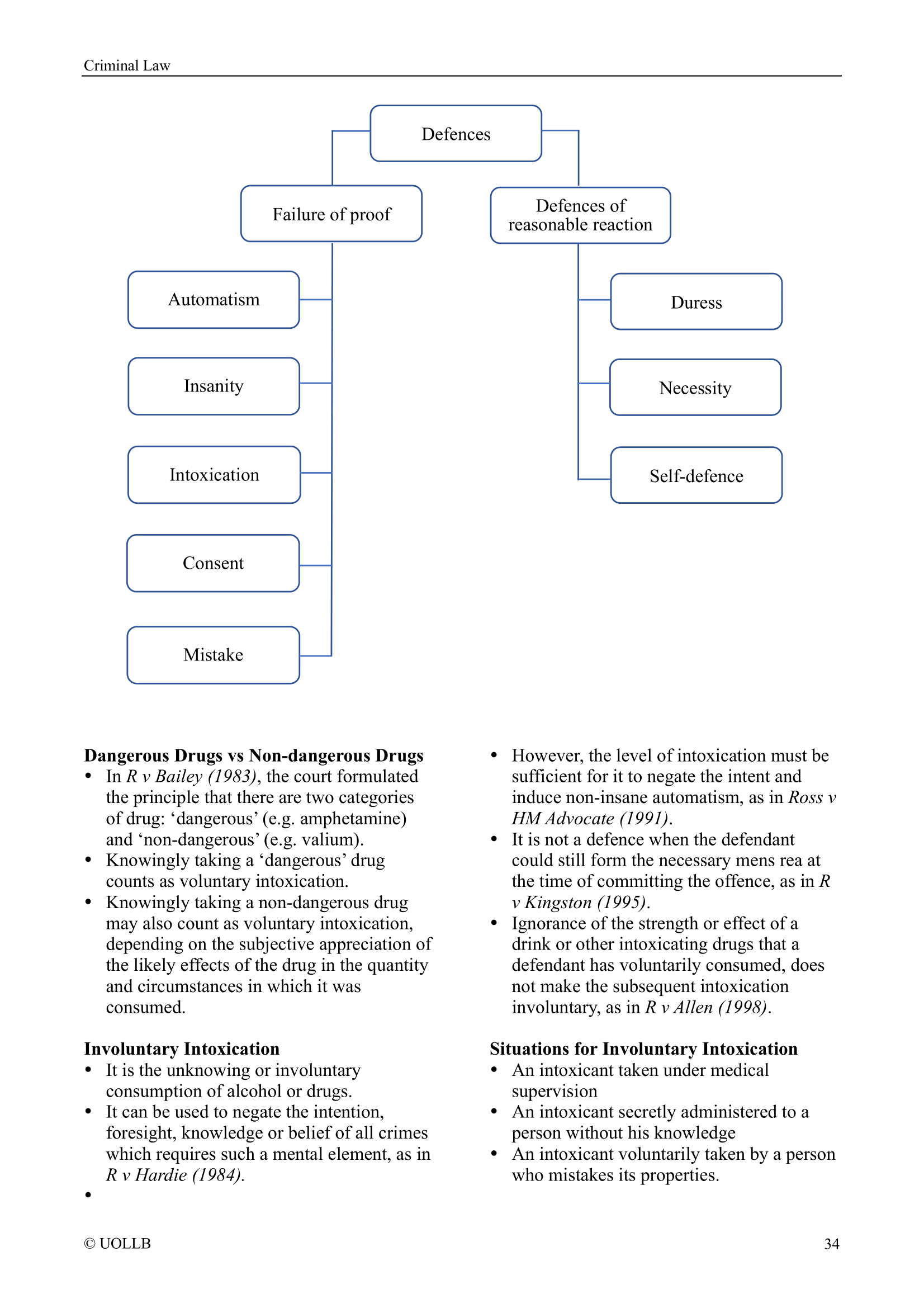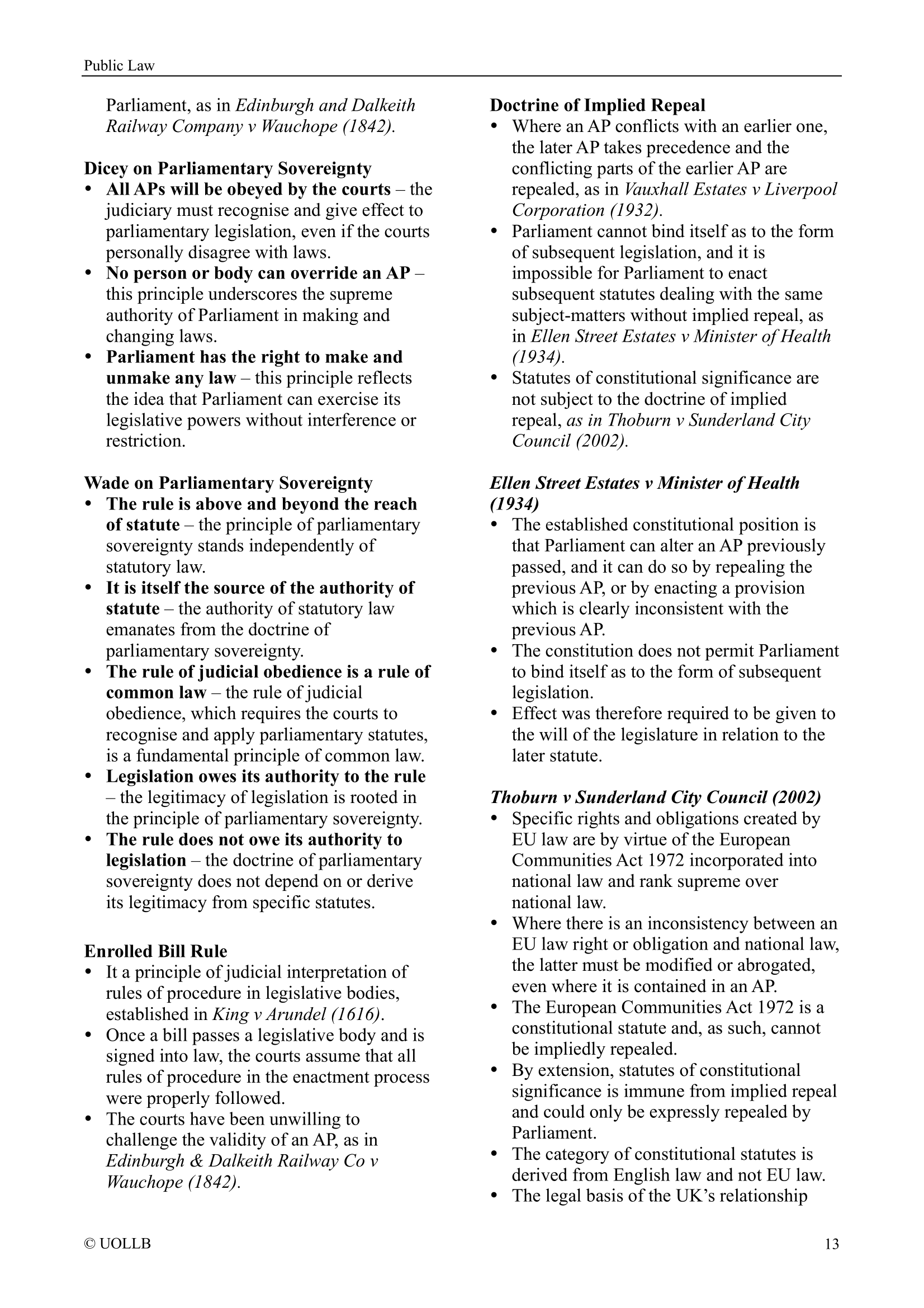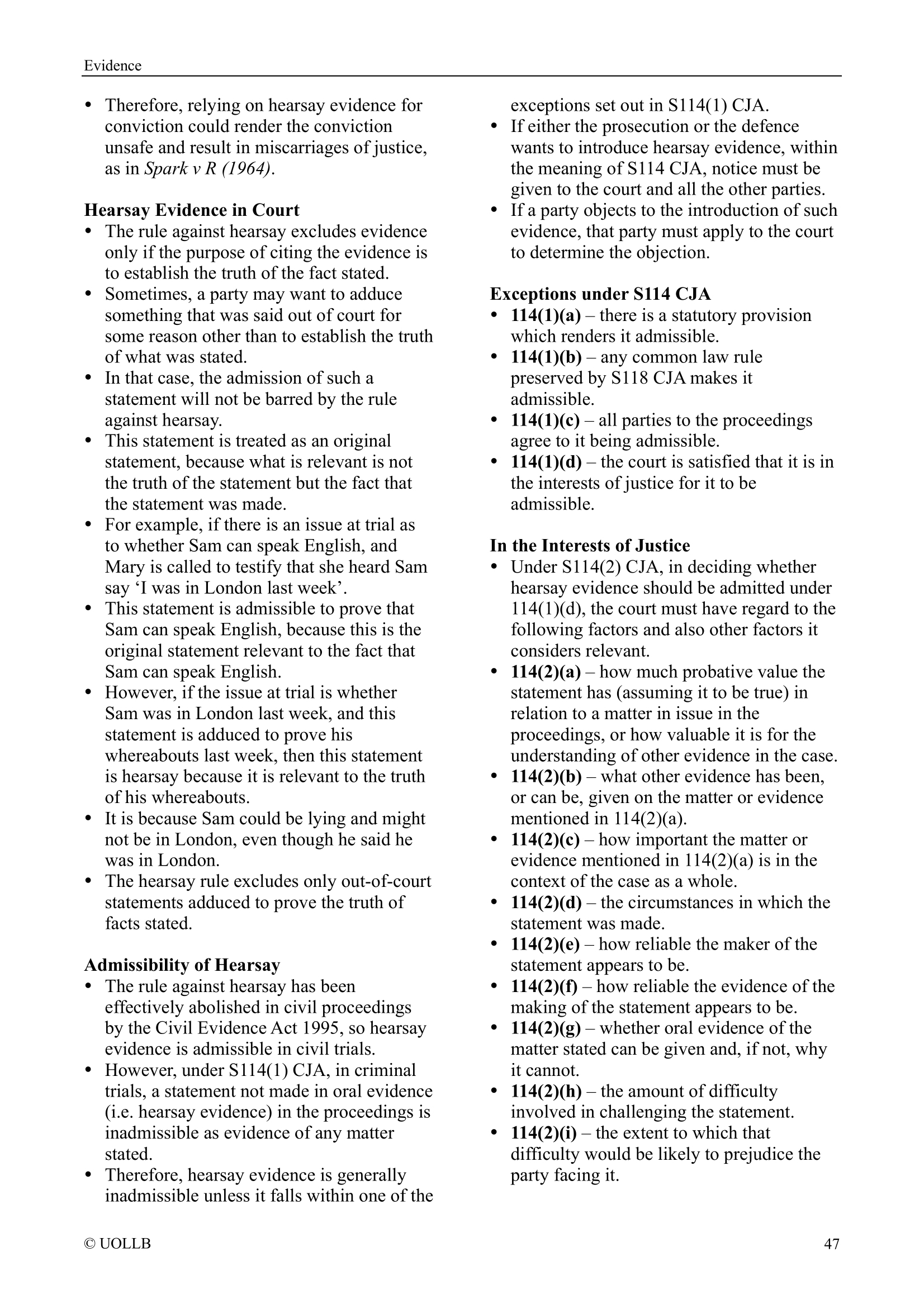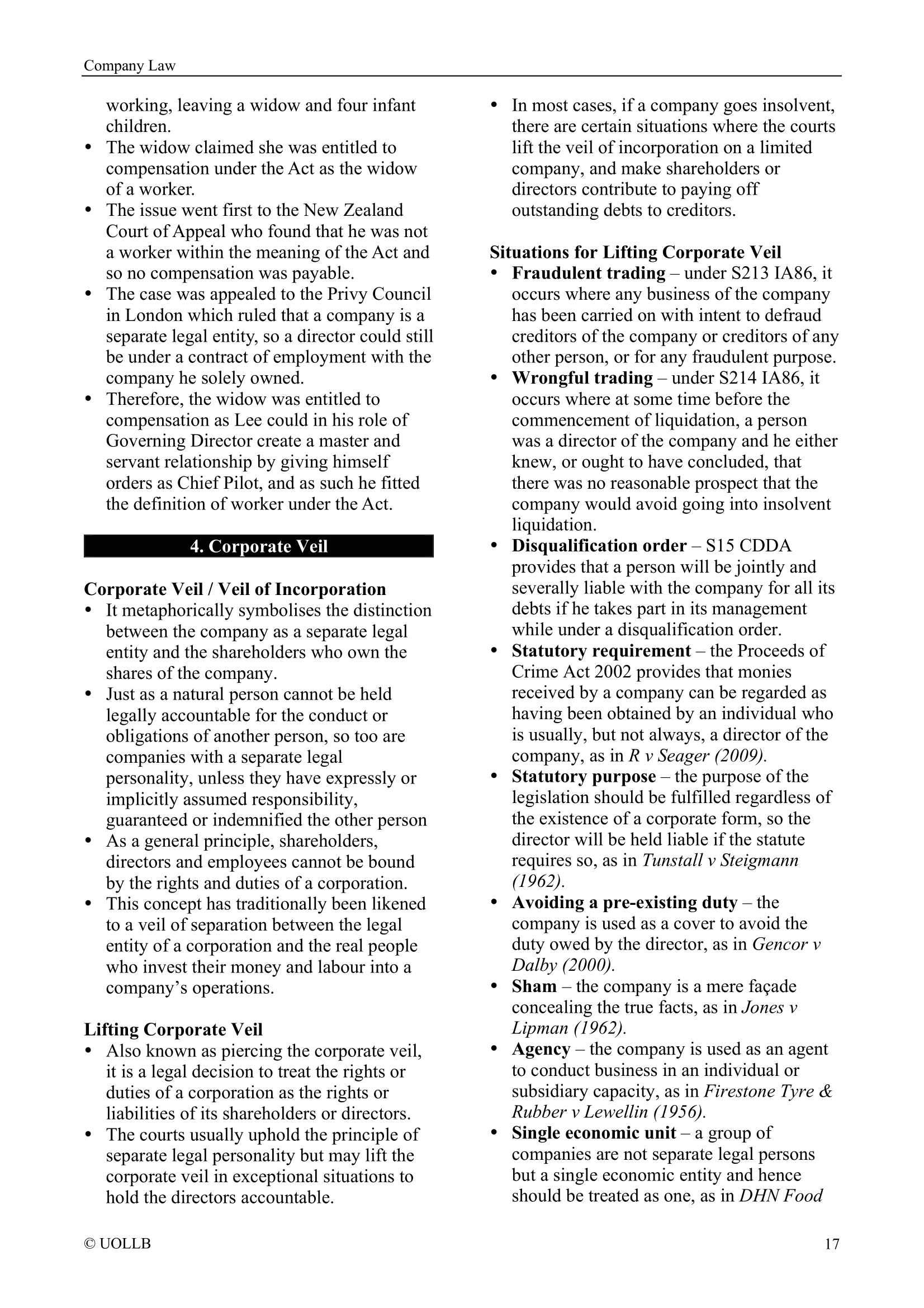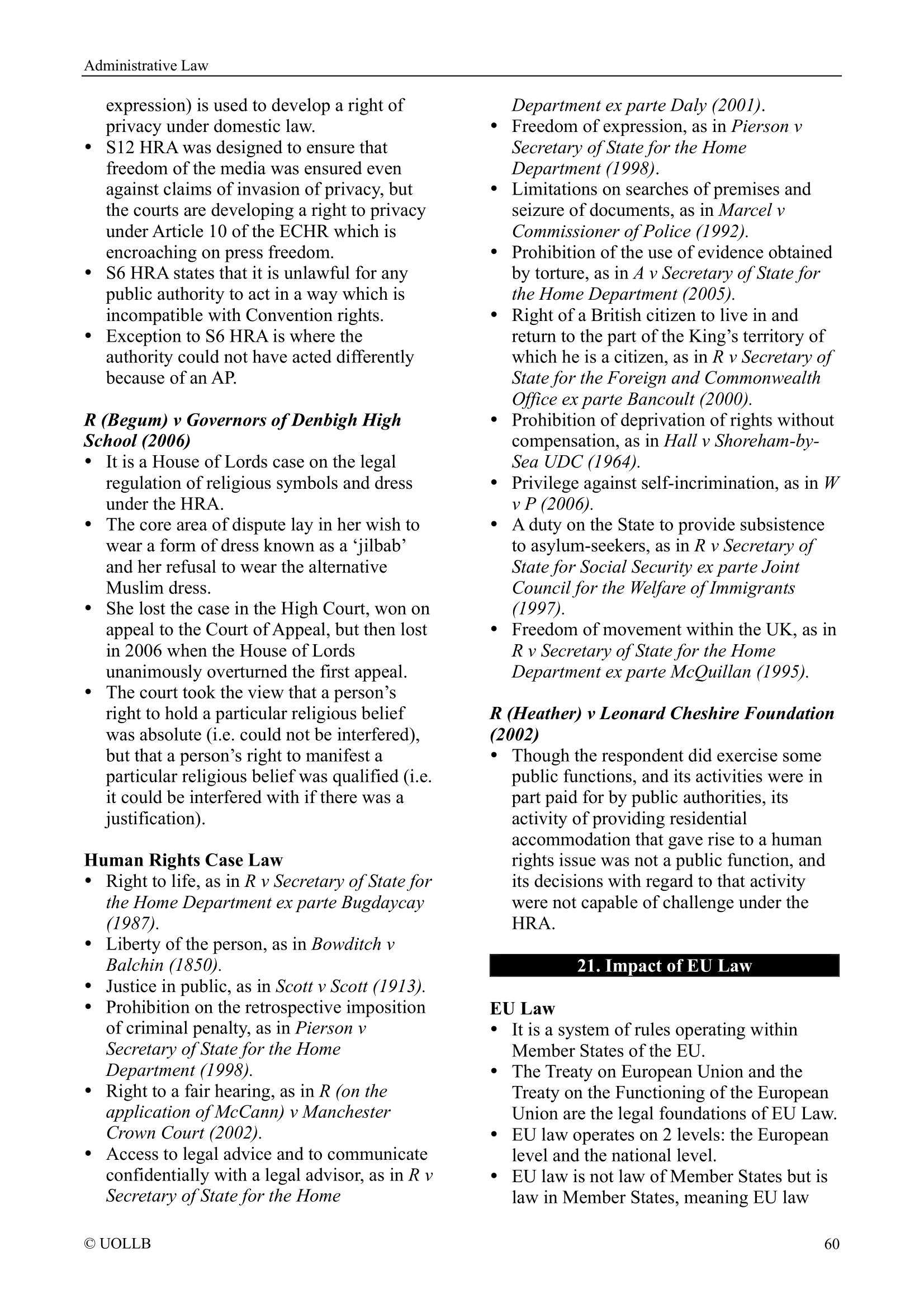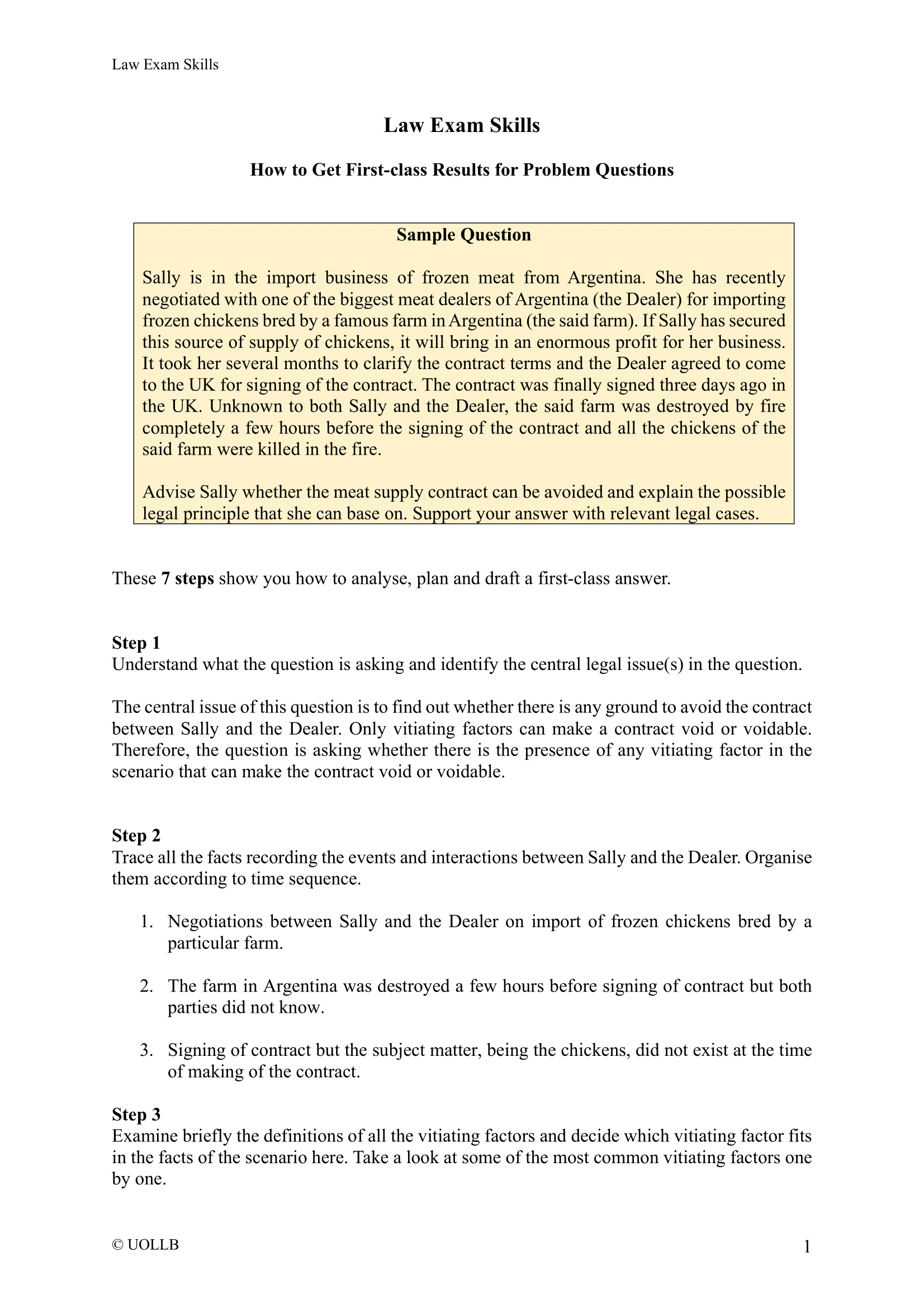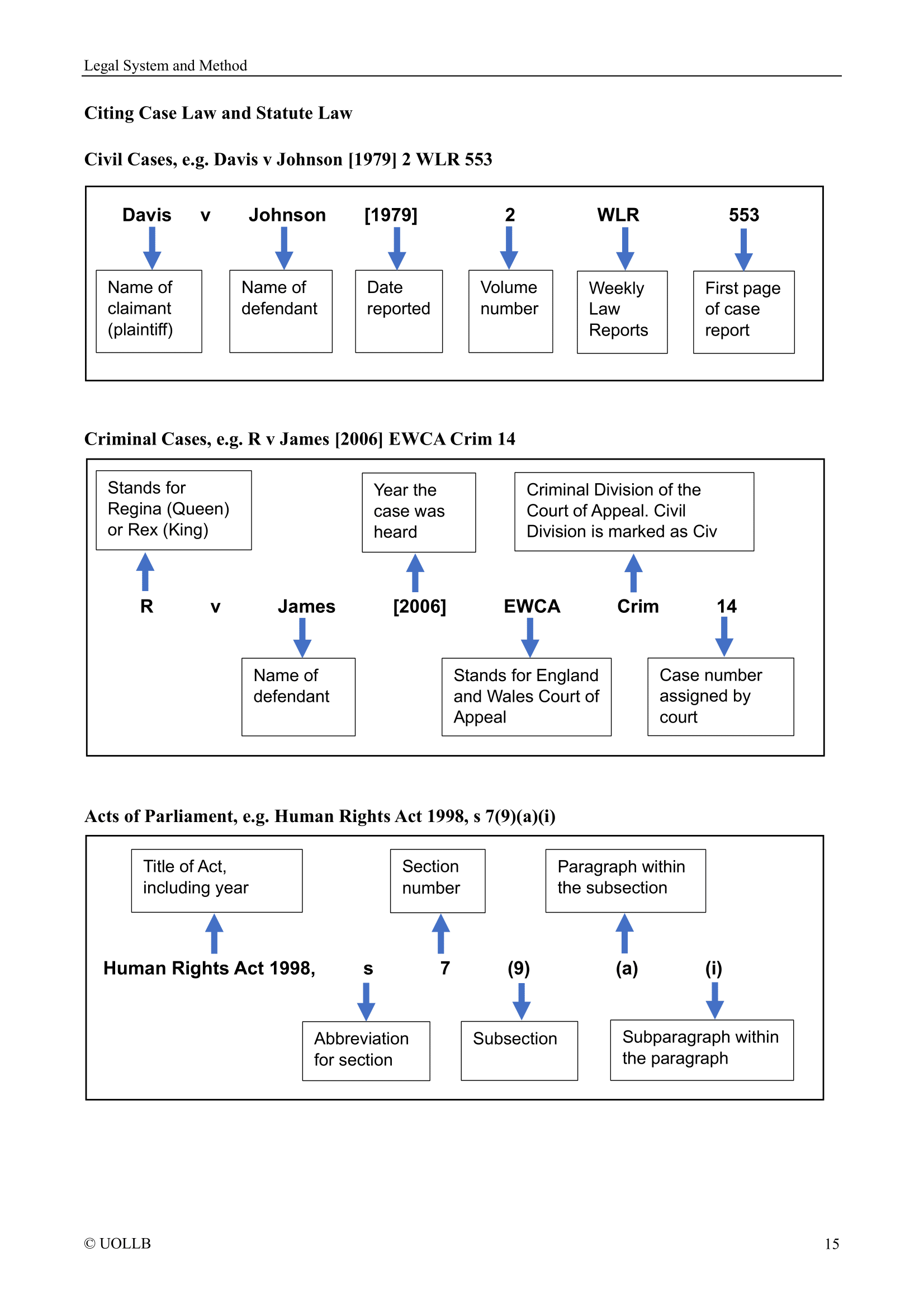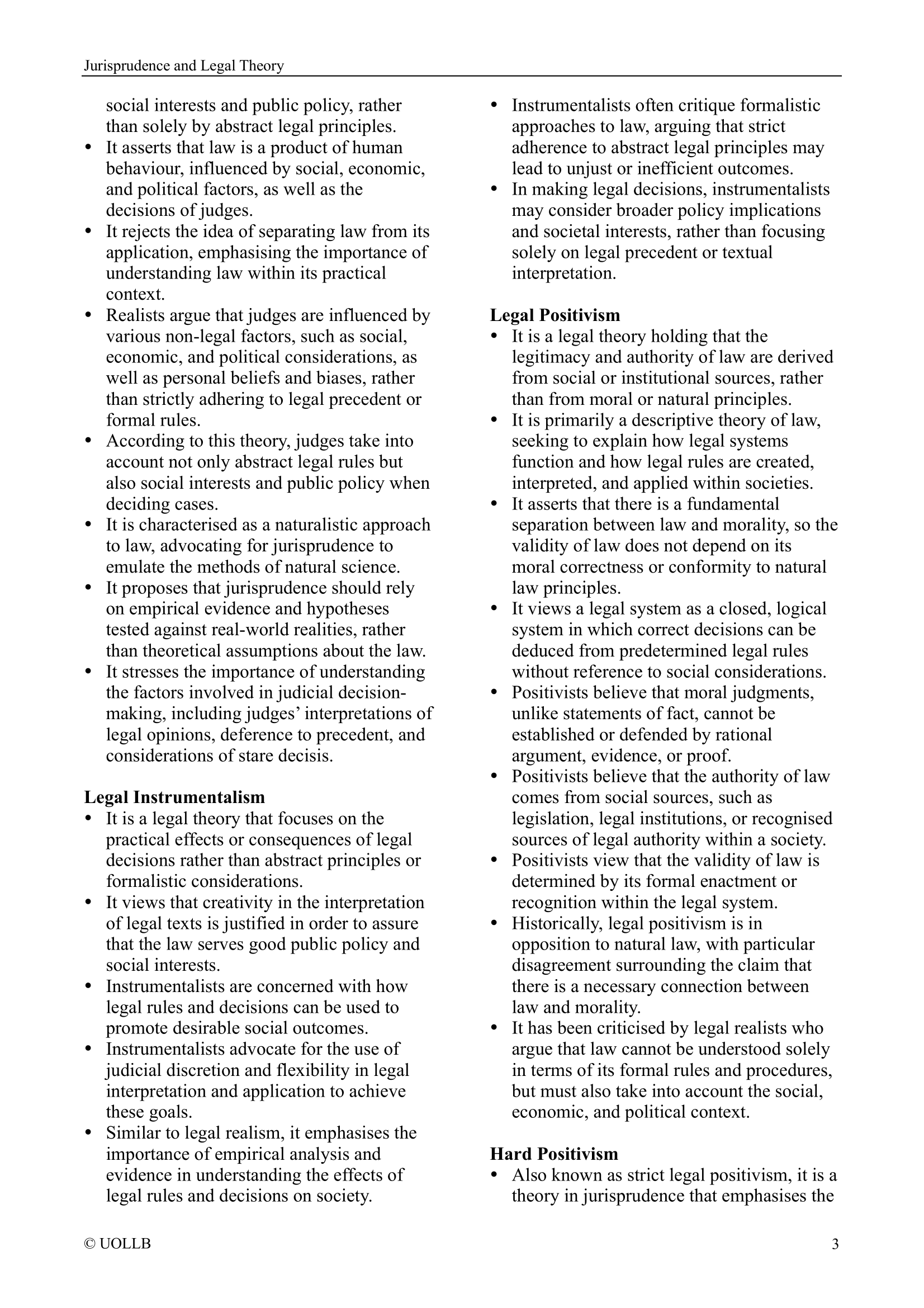When Does Sexual Harassment Become Sexual Offence?
Share
Although sexual harassment is not a criminal offence in its own right under English law, it is a serious issue that can have significant negative effects on individuals. It is therefore essential to understand both the legal framework for addressing the problem of sexual harassment and its potential intersection with criminal law.
Definition of sexual harassment: Under Section 26(2) of the Equality Act 2010, sexual harassment is defined as unwanted conduct of a sexual nature. It must have the purpose or effect of violating the recipient's dignity or creating an intimidating, hostile, degrading, humiliating, or offensive environment.
Civil offence: Sexual harassment is considered a civil offence under the Equality Act 2010. This means that individuals who experience sexual harassment in certain situations, such as in the workplace or in education, can seek redress in the civil courts by filing a civil lawsuit against the perpetrator or the organisation responsible.
Types of sexual harassment behaviours: Sexual harassment can encompass a wide range of behaviours. These may include verbal harassment (such as inappropriate comments or jokes), non-verbal harassment (such as unwanted touching or gestures), displaying explicit materials, sending sexually explicit emails, and requesting sexual favours.
Overlap with criminal law: While there is no specific criminal offence of sexual harassment in English law, some behaviours that constitute sexual harassment may also overlap with criminal offences, particularly when there is physical contact. For example, unwanted physical advances, such as touching or groping, may constitute both sexual harassment in civil law and sexual assault in criminal law. In such cases, the victim can pursue charges in the criminal courts.
Other criminal offences: Sexual harassment may also intersect with other criminal offences, such as harassment, stalking, and revenge porn, depending on the specific circumstances and behaviours involved.
Importance of legal protections: Understanding the legal framework for addressing sexual harassment is crucial for both victims and those who may engage in such behaviour. Legal protections are in place to address and prevent sexual harassment, create safer environments, and hold perpetrators accountable.
It is important for individuals to be aware of their rights and the legal avenues available to them when dealing with sexual harassment. Organisations and institutions also have a responsibility to take measures to prevent and address sexual harassment in their environments, as required by the Equality Act 2010 and other relevant laws.
Definition of sexual harassment: Under Section 26(2) of the Equality Act 2010, sexual harassment is defined as unwanted conduct of a sexual nature. It must have the purpose or effect of violating the recipient's dignity or creating an intimidating, hostile, degrading, humiliating, or offensive environment.
Civil offence: Sexual harassment is considered a civil offence under the Equality Act 2010. This means that individuals who experience sexual harassment in certain situations, such as in the workplace or in education, can seek redress in the civil courts by filing a civil lawsuit against the perpetrator or the organisation responsible.
Types of sexual harassment behaviours: Sexual harassment can encompass a wide range of behaviours. These may include verbal harassment (such as inappropriate comments or jokes), non-verbal harassment (such as unwanted touching or gestures), displaying explicit materials, sending sexually explicit emails, and requesting sexual favours.
Overlap with criminal law: While there is no specific criminal offence of sexual harassment in English law, some behaviours that constitute sexual harassment may also overlap with criminal offences, particularly when there is physical contact. For example, unwanted physical advances, such as touching or groping, may constitute both sexual harassment in civil law and sexual assault in criminal law. In such cases, the victim can pursue charges in the criminal courts.
Other criminal offences: Sexual harassment may also intersect with other criminal offences, such as harassment, stalking, and revenge porn, depending on the specific circumstances and behaviours involved.
Importance of legal protections: Understanding the legal framework for addressing sexual harassment is crucial for both victims and those who may engage in such behaviour. Legal protections are in place to address and prevent sexual harassment, create safer environments, and hold perpetrators accountable.
It is important for individuals to be aware of their rights and the legal avenues available to them when dealing with sexual harassment. Organisations and institutions also have a responsibility to take measures to prevent and address sexual harassment in their environments, as required by the Equality Act 2010 and other relevant laws.

